- DALL-E 2 will be connected with the recently released Microsoft Designer app and the Image Creator tool in Bing and Microsoft Edge, according to Microsoft, which announced this week at its Ignite conference.
- Using the same artificial intelligence as DALL-E 2, the Microsoft Designer app is a graphic design tool in Microsoft 365 that enables users to create unique invites, digital postcards, and other materials.
- Although Microsoft claims it will roll out the program in a “measured approach” due to worries about potential misuse and exploitation, Image Creator in Bing and Edge will be completely free to use.
- In response to questions about Designer and Image Creator mitigation strategies, Microsoft stated that OpenAI removed explicit sexual and violent content from the dataset used to train DALL-E 2.
- In response to some of the legal questions recently raised with AI-powered image-generating systems, Microsoft thinks users would have “full” usage rights to monetize the images they create using Designer and Image Creator.
For customers of Microsoft 365, Microsoft Edge, and Bing, Microsoft on Wednesday released new creative and productivity tools: the Microsoft Designer app and Image Creator. By integrating DALL-E 2 into first-party apps and services, the company is significantly boosting the AI-driven system that creates pictures from text and is powered by OpenAI. Microsoft said at its Ignite conference this week that DALL-E 2 will be integrated with the recently unveiled Microsoft Designer app and Image Creator feature in Bing and Microsoft Edge.
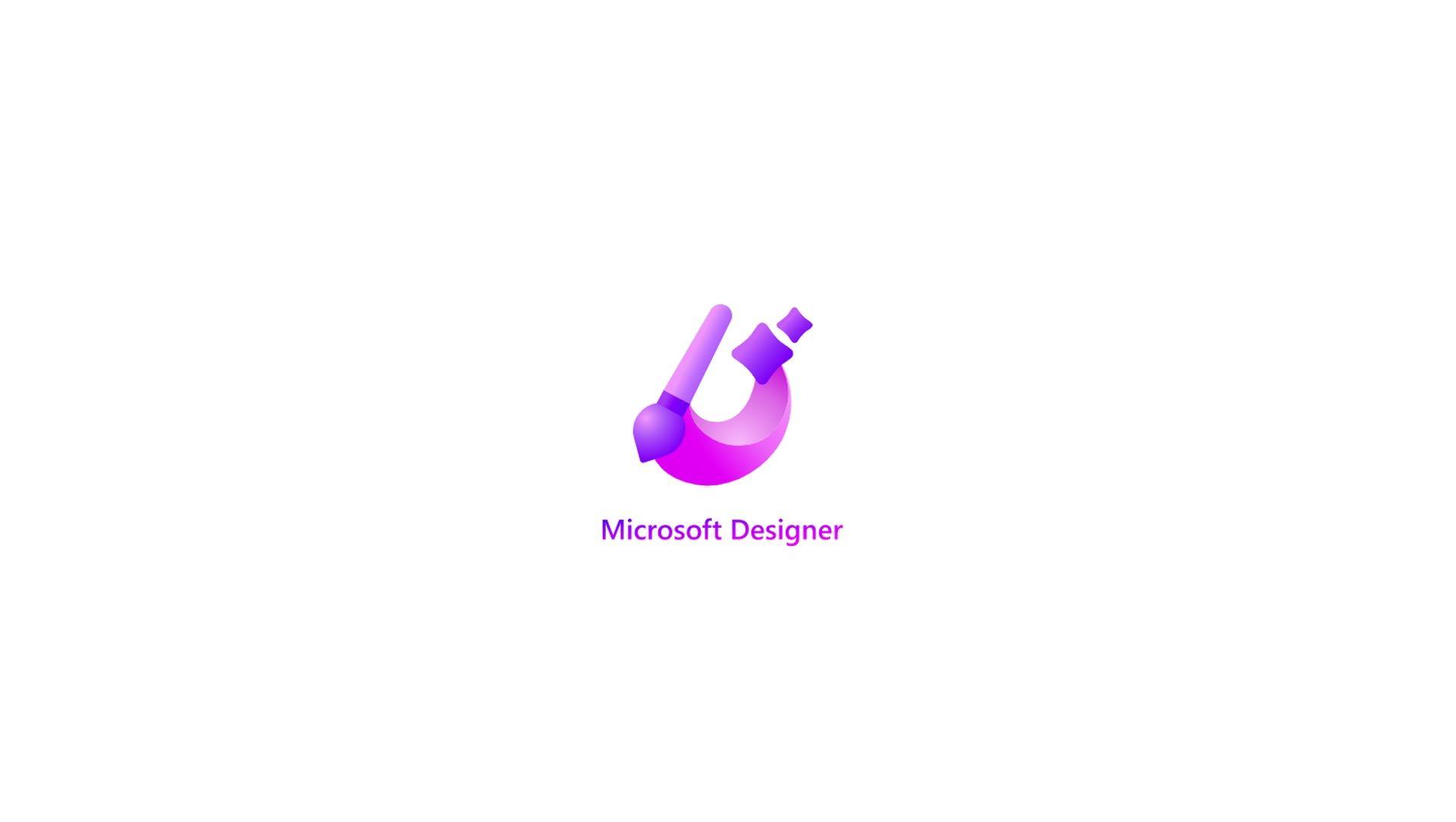
We already explained Stable Diffusion along with DALL-E 2, Midjourney, DreamBooth AI, Wombo Dream, Make-A-Video, Chai App, AI Dungeon, and NovelAI. Don’t be scared of AI jargon; we have created a detailed AI glossary for the most commonly used artificial intelligence terms and explain the basics of artificial intelligence as well as the risks and benefits of artificial intelligence.
What is the Microsoft Designer app?
Microsoft Designer app is a graphic design tool in Microsoft 365 that lets users make custom invitations, digital postcards, and other materials using the same artificial intelligence technology as DALL-E 2. Microsoft stated in a release, “Within Designer, you can simply describe an image you want to see, and the app does the work for you to create something totally unique.”
AI image generators have gained enormous popularity in recent years with the introduction of DALL-E 2 and open-source alternatives like Stable Diffusion. In September, OpenAI said that more than 1.5 million people, including authors, creative directors, and artists, were actively producing more than 2 million photos per day using DALL-E 2. While some architecture companies have utilized DALL-E 2 and tools similar to it to envision new structures, brands, including Stitch Fix, Nestlé, and Heinz have piloted DALL-E 2 for advertising campaigns and other commercial use cases.
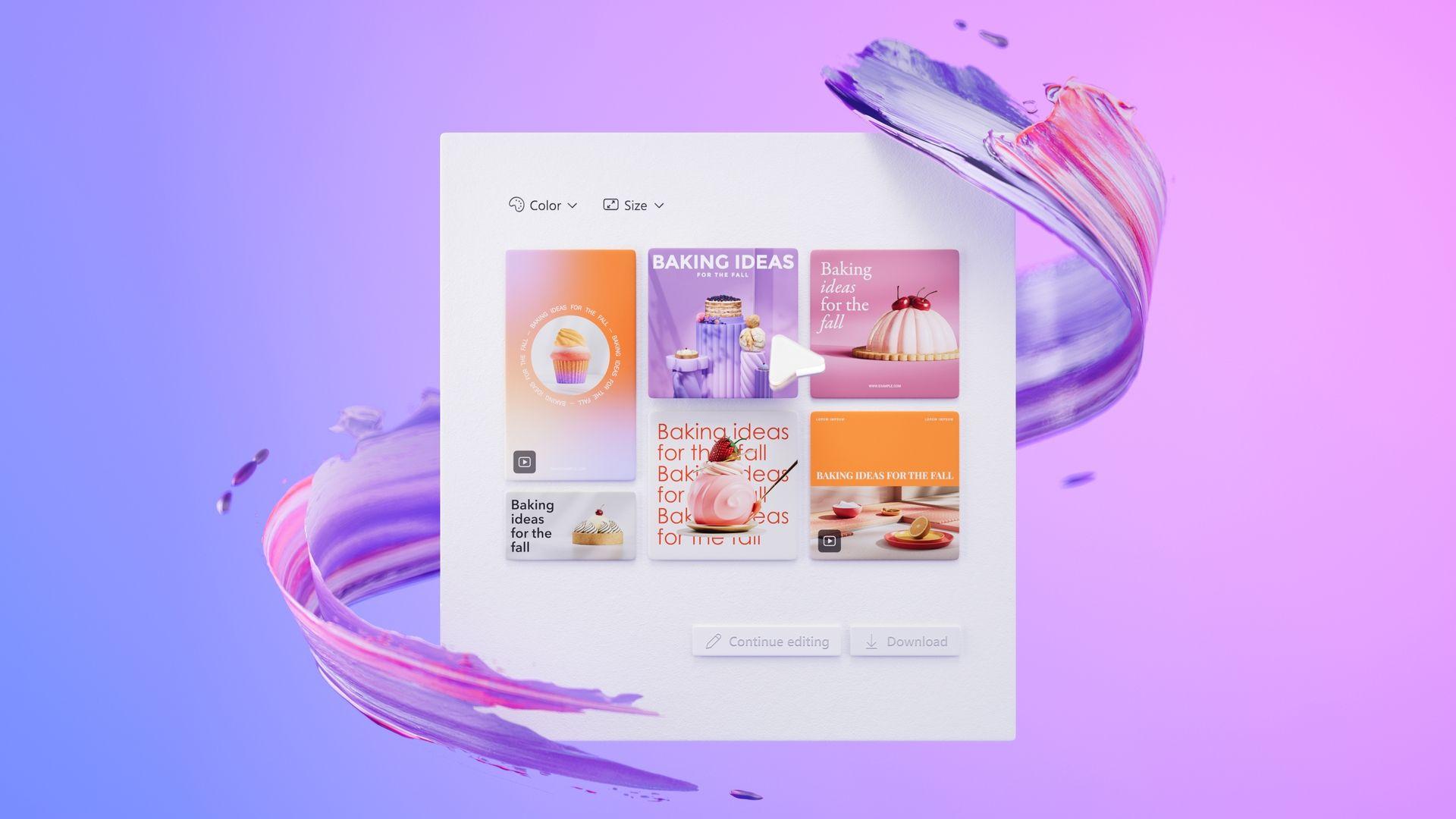
Microsoft is currently releasing Designer, a web software similar to Canva that can create designs for presentations, posters, digital postcards, invites, graphics, and more to share on social media and other channels in an effort to make OpenAI’s technology accessible to an even larger audience. In order to generate design ideas, Designer—whose announcement was repeatedly leaked during spring and summer—utilizes user-generated material and DALL-E 2 in addition to drop-down menus and text boxes.
How to sign-up for the Microsoft Designer app?
According to Microsoft, throughout the brief preview time, the Microsoft Designer app will remain free. Users can join up starting today. When the Designer app is broadly accessible, Microsoft 365 Personal and Family subscriptions will include it, and “some” functionality will be made available for free to non-subscribers. Microsoft did not provide further details about the capabilities that will be available for free.
Australian researchers developed a new artificial intelligence to fight wildlife trafficking
To start using the new Designer tool, you must first join the waitlist. To do so, head on over to the Microsoft Designer app website and enter your e-mail address to the designated spot. After that, hit the “Join the waitlist” button.
How to use the Microsoft Designer app?
Users may start customized, defined-dimensions designs for platforms like Instagram, LinkedIn, Facebook advertisements, and Instagram Stories by selecting from a variety of templates inside Designer. Online resources provide prebuilt templates, shapes, images, icons, and headers that may be applied to projects.
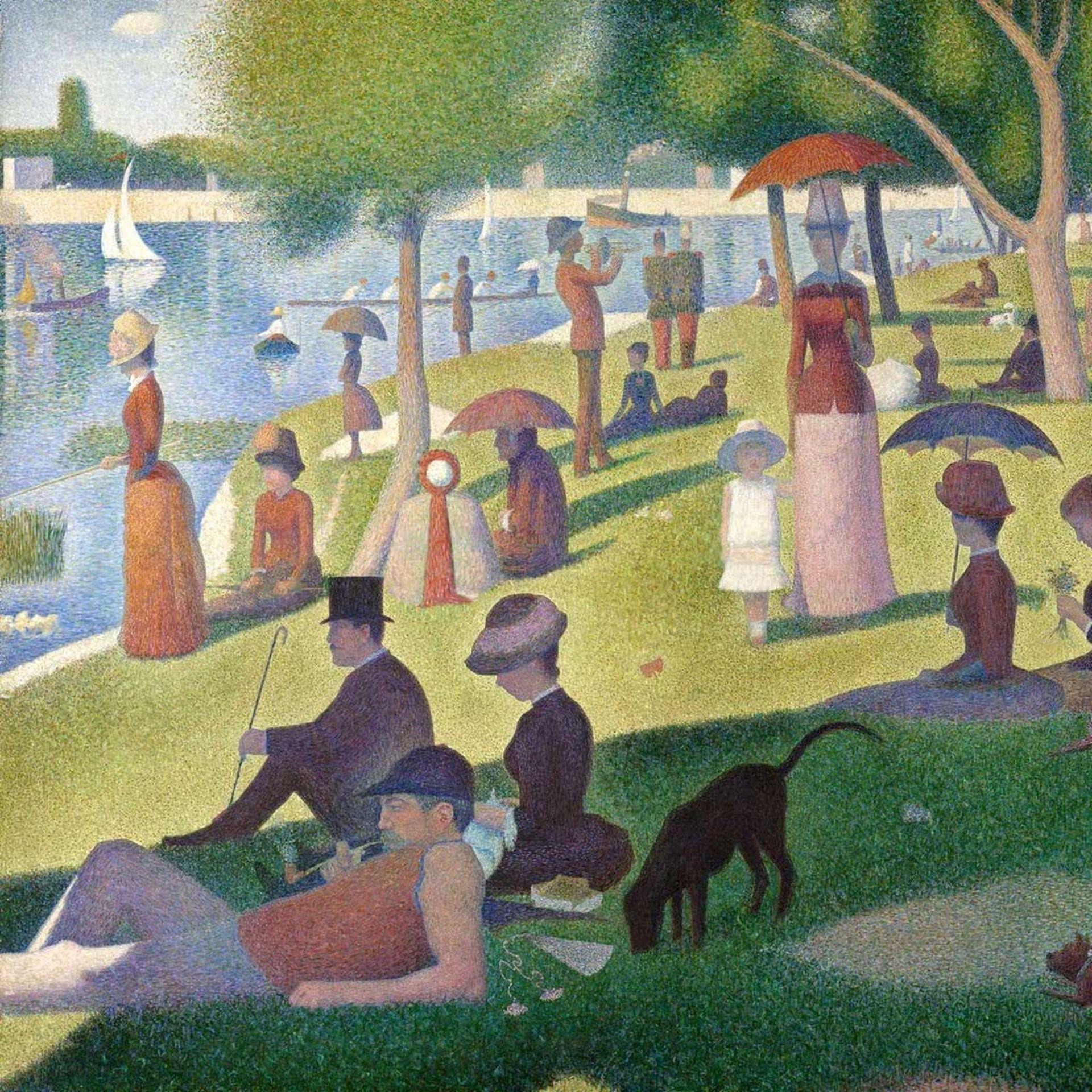
Microsoft Designer app is not the only AI tool that is releasing
Microsoft Edge will include Designer, allowing you to update the aesthetics for your social network postings without opening another program. Image Creator, another Microsoft-developed software that is supported by DALL-E 2, will also soon be available on Bing and Edge.
As the name suggests, Image Creator, a frontend client for OpenAI’s still-in-beta DALL-E 2 service, makes art from a text prompt by sending queries to DALL-E 2. Image Creator may be accessed via the Bing Images tab, bing.com/create, or through the Image Creator icon in the sidebar of Edge. Image Creator will generate an image when you type in a description of anything, any extra context, such as location or activity, and an art style.
Microsoft Image Creator will be free!
Contrary to the Microsoft Designer app, Image Creator in Bing and Edge will be entirely free to use, but Microsoft says it will roll out the software in a “measured approach” due to concerns about potential abuse and exploitation. Microsoft argues that by first just making Image Creator preview-only in a few regions, it would be able to get user input before further extending the tool.
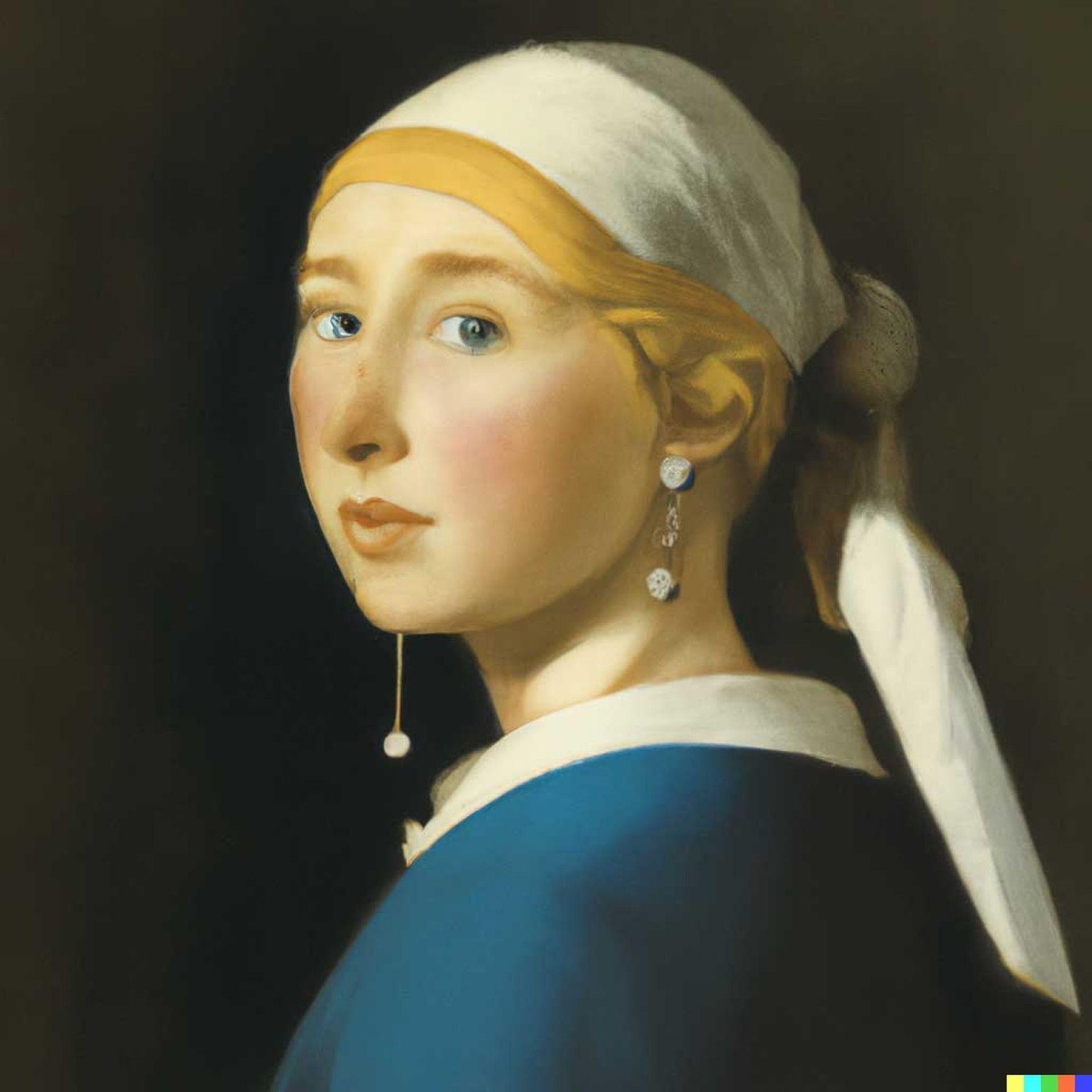
Legal and ethical issues of content creation with AI
Some image-generating tools have been exploited to produce offensive material, including sexual celebrity deepfakes and graphic violence. Even U.S. House Representative Anna G. Eshoo (D-CA), who recently urged the National Security Advisor (NSA) and the Office of Science and Technology Policy (OSTP) to address the release of “unsafe AI models” that “do not moderate content made on their platforms,” was critical of Stability AI, the company funding the development of Stable Diffusion.
The biases and poisons ingrained in the millions of photos from the web used to train them can likewise be detected by image-generating AI. An open-source version of DALL-E might be trained to form stereotyped associations, such as conjuring pictures of white men in suits for phrases like “CEO,” as stated by OpenAI itself in GitHub.
Microsoft mentioned that OpenAI eliminated explicit sexual and violent content from the dataset used to train DALL-E 2 in response to inquiries regarding mitigation measures in Designer and Image Creator. The business also claimed that it has taken independent actions, such as installing filters to prevent the creation of photos that violate content policies, increasing query filtering on delicate subjects, and using technology to provide “more diverse” images in search results.
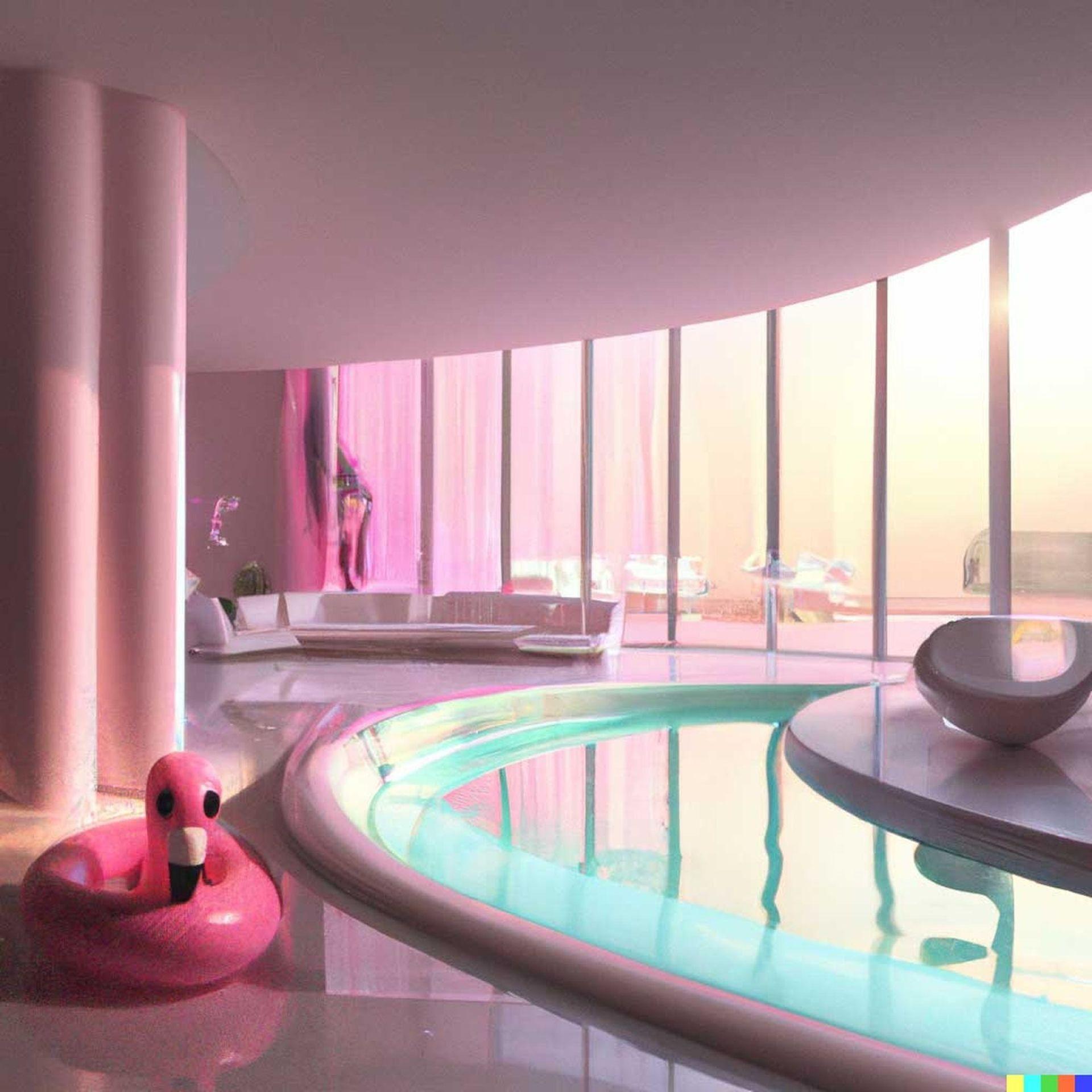
Users who wish to utilize the Microsoft Designer app and Image Creator with their Microsoft account must first accept the terms of service and the aforementioned content policy. Users will receive a warning if they request a picture that Microsoft’s automatic censors deem improper. They will be banned if they frequently breach the content guideline, although they do have the right to appeal.
New artificial intelligence can diagnose a patient using their speech
Microsoft believes that users would have “full” use rights to commercialize the pictures they generate using Designer and Image Creator, answering some of the legal concerns that have lately surfaced around AI-powered image-generating systems. (Among other hosts, Getty Photos has prohibited the upload and sale of drawings made with DALL-E 2, Stable Diffusion, and related technologies, citing issues about fair use with regard to training datasets made up of copyrighted images.)
In other words, the firm won’t assert ownership of prompts, captions, creations, or any other content that users contribute, share, input, or submit to the applications, adopting a commercial usage policy akin to OpenAI’s.






